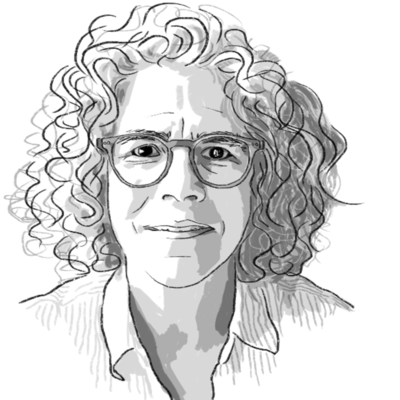Gun regulation comes down to a question of who do people trust with their safety. Is it government? Fellow citizens? Or only themselves? How publics respond explains the differences between the gun culture of the U.S. and other countries.
Monitor Daily Podcast
- Follow us:
- Apple Podcasts
- Spotify
- RSS Feed
- Download
 Clara Germani
Clara Germani
Have we “saved the whales”?
When Nona Reimer, a naturalist for Dana Wharf Whale Watching and Dolphin Tours in Dana Point, California, was in college in the 1970s, people thought the blue whale, the largest animal ever to live on the planet, would be extinct by now.
But in fact, while all whales are still endangered, the blue population has been growing for decades. And they’ve returned close to Southern California shores in the past month, so the human swooning has begun. Crowds jam whale watch tours to see the mammoth creatures doing precision turns and exhaling explosively. And tour naturalists wow them with blue factoids: Their hearts are the size of small cars, they’re 30 yards long, their tongues weigh 2 tons.
The area sees lots of whales – grays, humpbacks, minke, fin, Bryde’s – but the prize sighting is the blue. Encounters close to land have been lean in recent years, but in the past month, the Dana Wharf tour company has logged 10 days of multiple sightings.
Blue whales feeding here in summer are normal, but it’s still “pretty exciting,” admits John Calambokidis, a biologist with Cascadia Research who does research for the National Oceanic and Atmospheric Administration. For 37 years, he’s studied whales in the eastern North Pacific (aka the U.S. West Coast). Blue whales, he says, are at a steady population here of about 2,000, with a hint of growth in recent decades.
“It still astounds me ... there’s something particularly dramatic about the largest animal that ever lived, facing extinction 50 years ago, and seeing it thriving and feeding miles from some of the densest human habitation we have,” he says, noting it’s all within sight of Interstate 5.
The blues’ delightful presence invites contemplation of conservation successes – the reversals we’ve seen for a host of animals now headed away from extinction: the alligator, the wolf, the condor, and many whale species.
Among these successes, few animals are more dramatic than the jurassically massive blue whale – which, indeed, seems saved.











